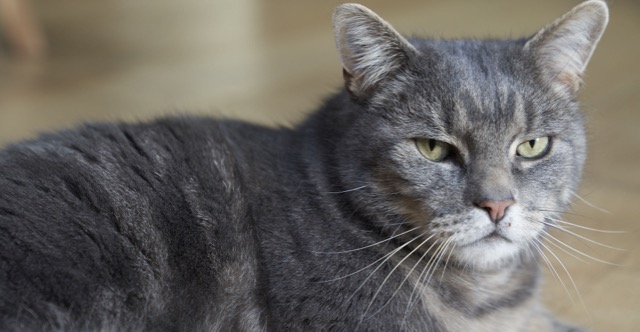We, the street cats of the world, don't want to be tamed. We don't want to be put in a pen and forced to adapt to human society. We don't want to be made into house cats.
Yet some cat "rescuers" are trying to do just that. They think it's the right thing to do.
Or, if they don't try to tame us, they confine us to some kind of enclosure where we are fed regularly but we don't have the kind of freedom we used to have.
Being a street cat is a rich and varied life. If we are lucky we get fed by passersby, and there are always thrown out take-away wrappings, often with food in them. We can forage and hunt. We can lie in the sun. We can burglarise food left out for house cats.
All that is lost if we are stuck in a cat pen or confined to an enclosure - a so called "sanctuary." Only it can be more like a prison. Are two meals a day worth the loss of freedom?
So please don't. Trap us and neuter us. We will be healthier without fighting and kitten bearing. Then let us go back to the streets where we live.
Oh, and appoint a regular feeder. Freedom and food. That's what we want.
P.S. Go to International Cat Care Cat Friendly Homing.






